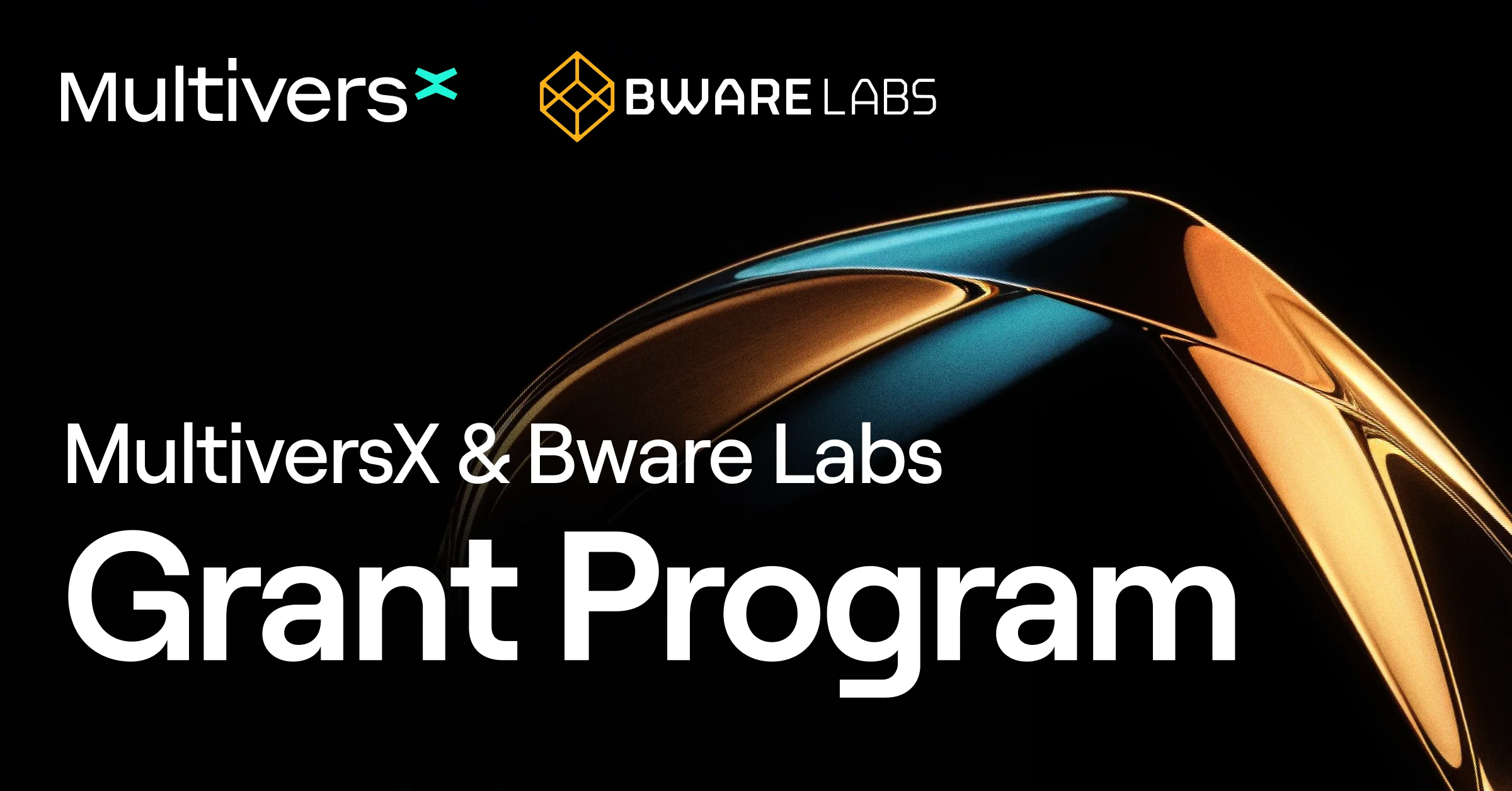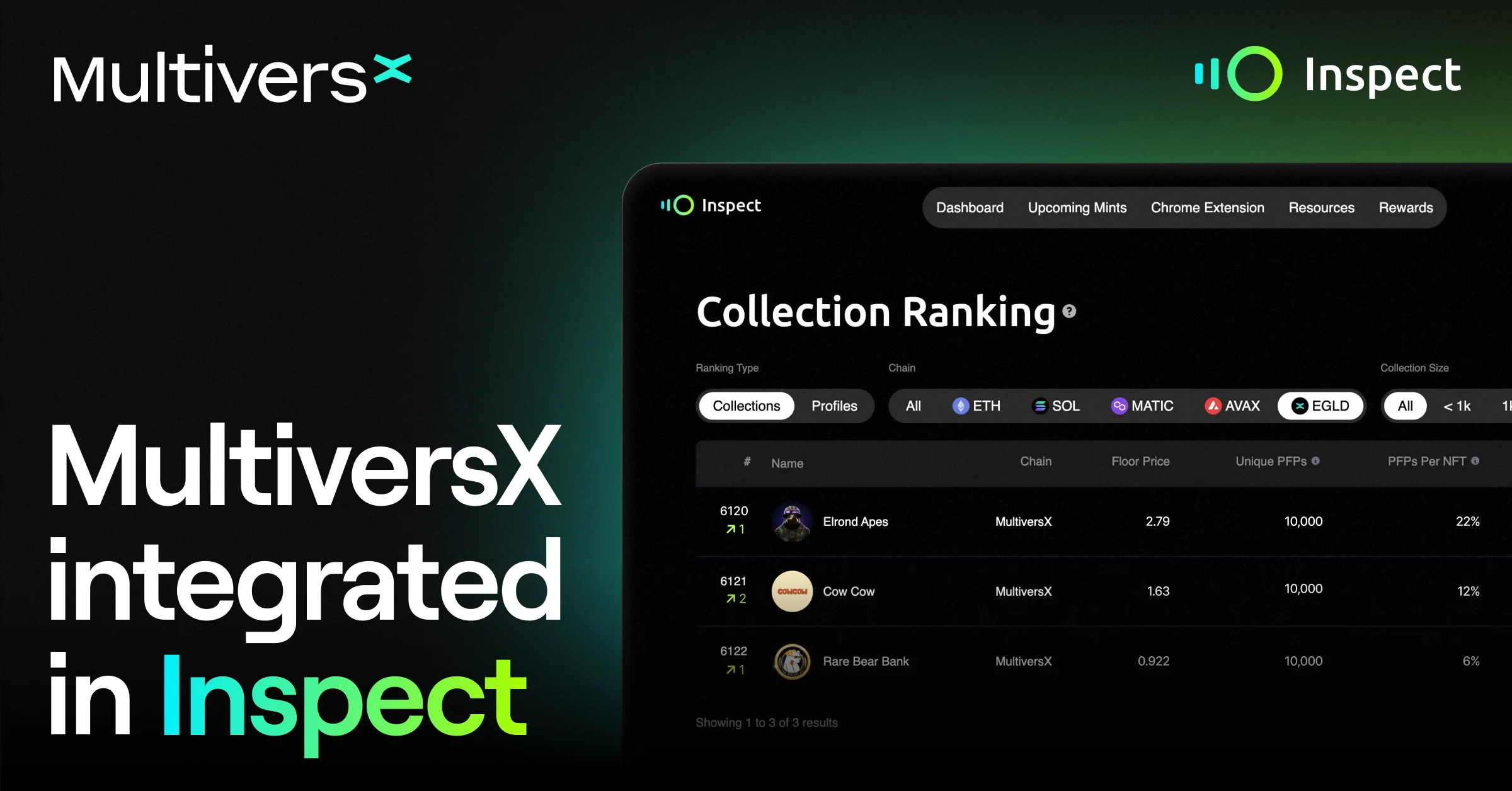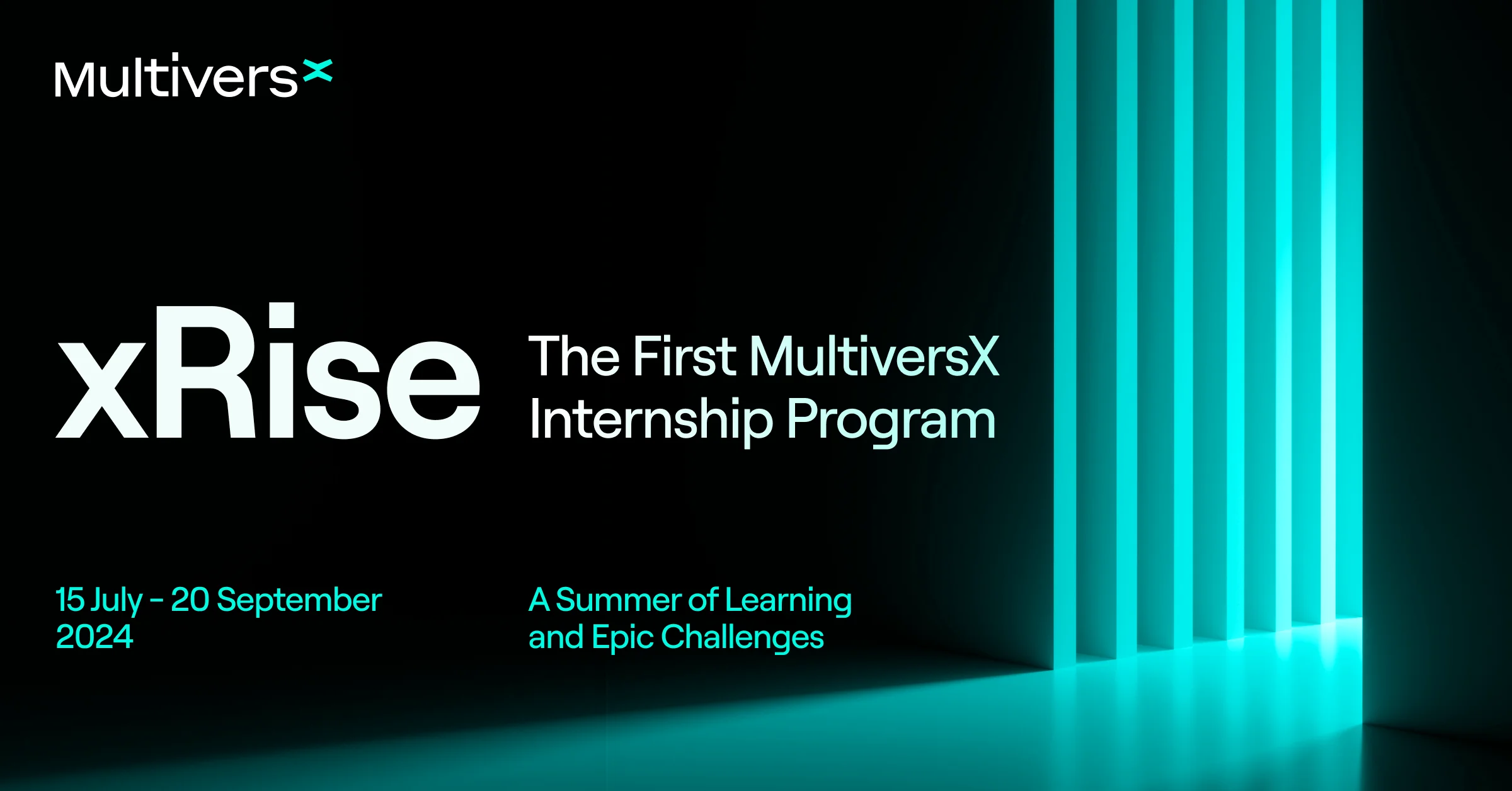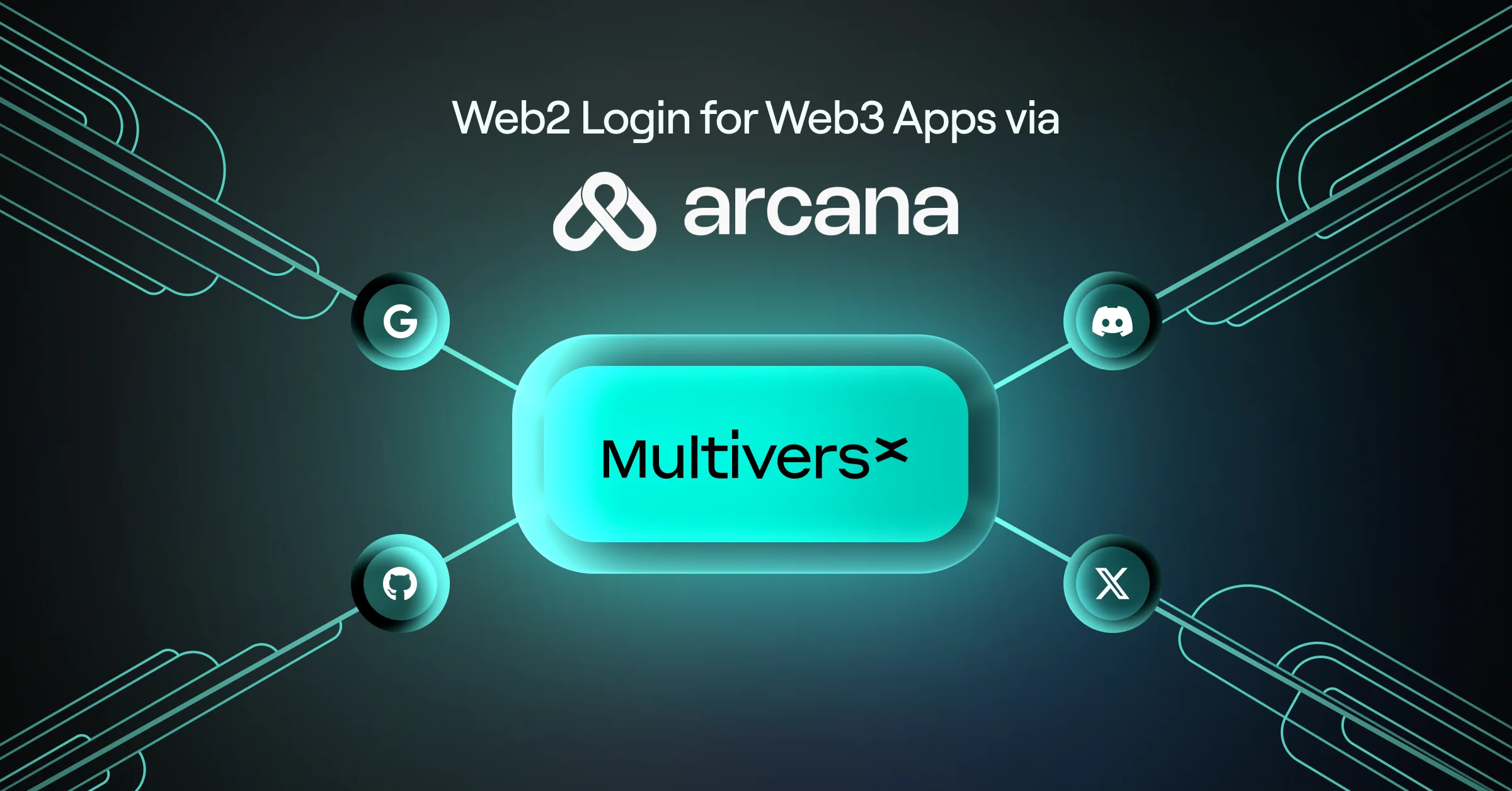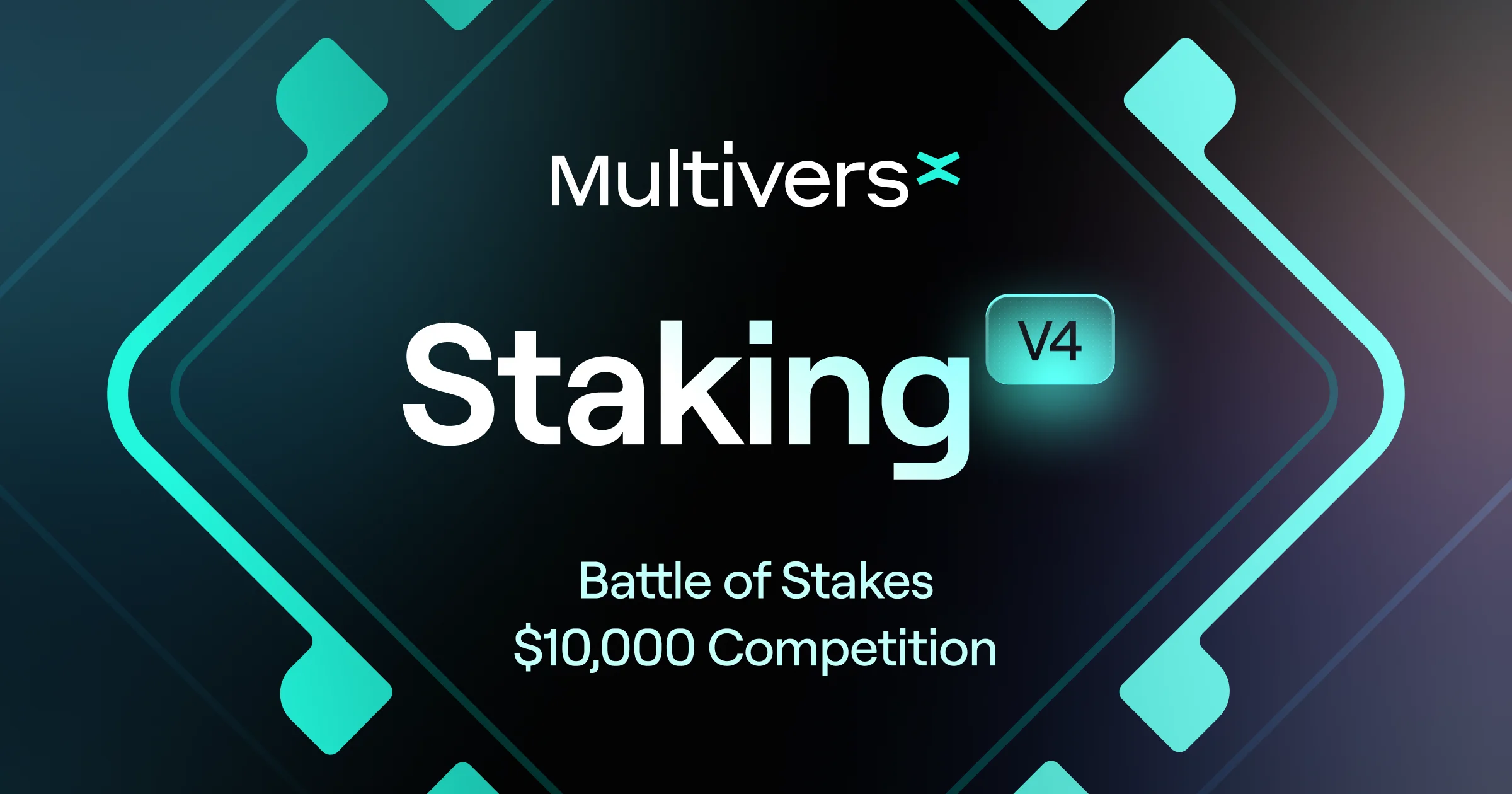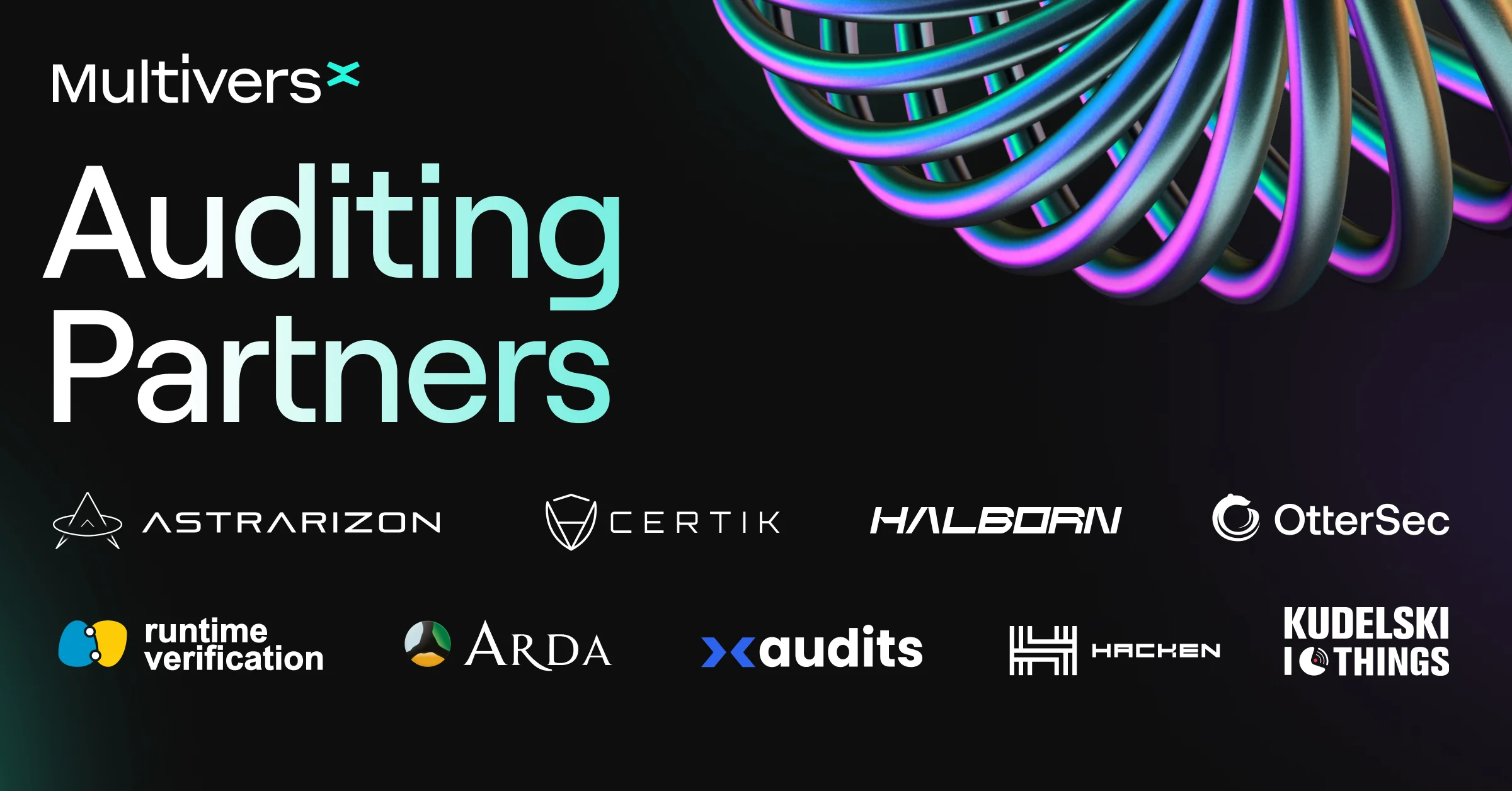



New
Google Cloud BigQuery Integration LIVE
The Internet-Scale Blockchain
MultiversX is a distributed blockchain network for next-gen applications. Decentralized via 3,000+ nodes, scalable through sharding, fast, secure & green.
Average cost per transaction
~$0.002
Total Transactions
385,015,681
Validator Nodes
3,200


Integrations and tools from leading companies around the globe







Builders
The technology that powers innovation
MultiversX provides the infrastructure you need to tackle any use case.

Native
Assets

Safest User Experience

30% Developer Royalties
Developers get 30% of the gas fee every time someone calls their smart contract

Adaptive State Sharding
The first to present a viable solution where all three aspects of sharding are live

Secure Proof of Stake
Energy-efficient consensus mechanism with provable security guarantees

WASM-based Virtual Machine
Write smart contracts in familiar languages, compile, and run them through the fastest VM in the space

Resilient and battle-tested

Fast
263,000 transactions per second max recorded

SOON
Sovereign Shards

Decentralised
3,200 validator nodes







The EGLD Token
Secured by EGLD
The native eGold token enables access and usage, provides security, reinforces growth, and ensures economic alignment for all stakeholders.




Future-proof in every way
MultiversX is leading the way towards a more responsible and sustainable infrastructure for all digital things.
Learn about sustainability
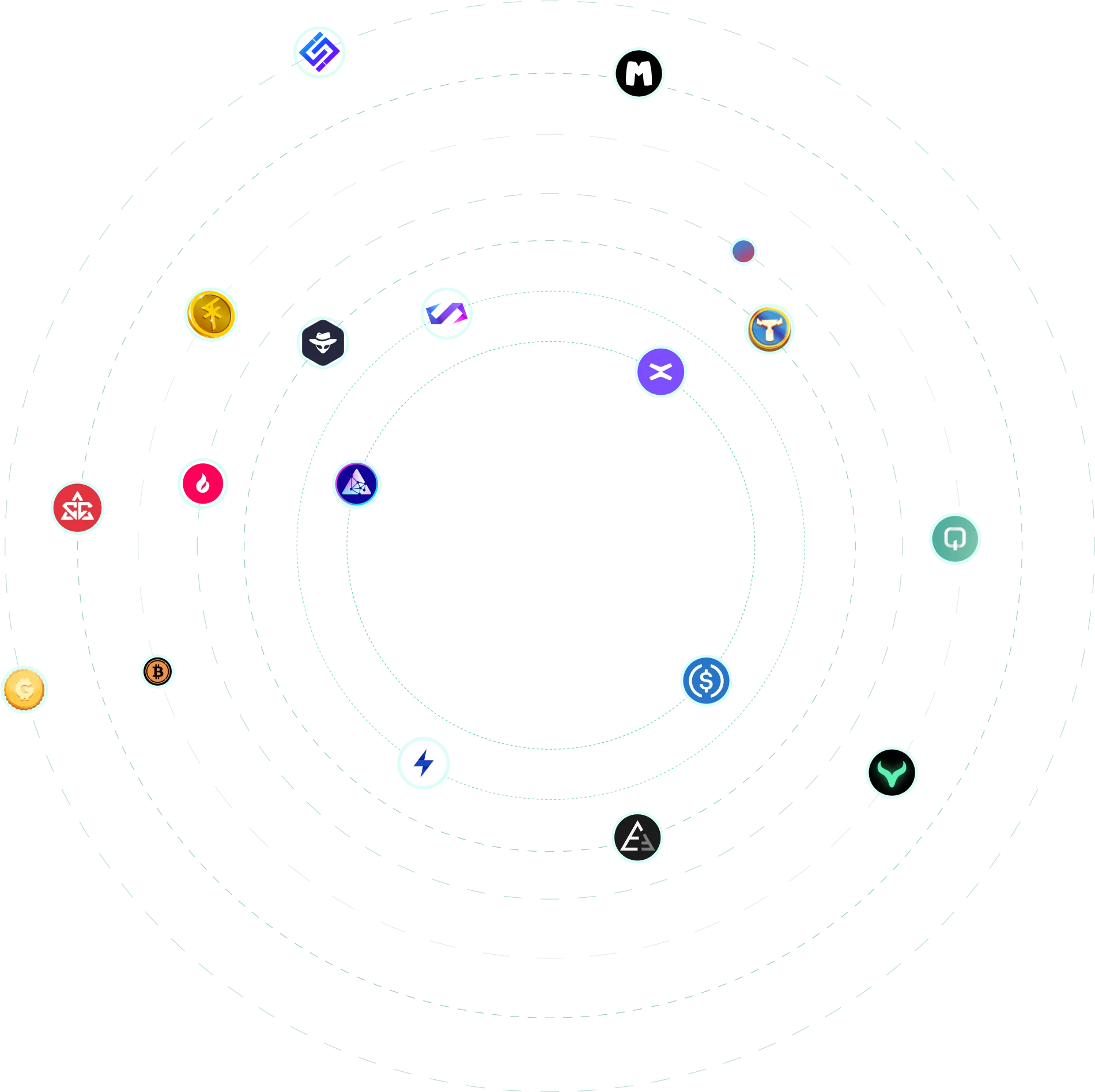
Explore the Ecosystem
Decentralized worlds and tokenized economies at internet scale.



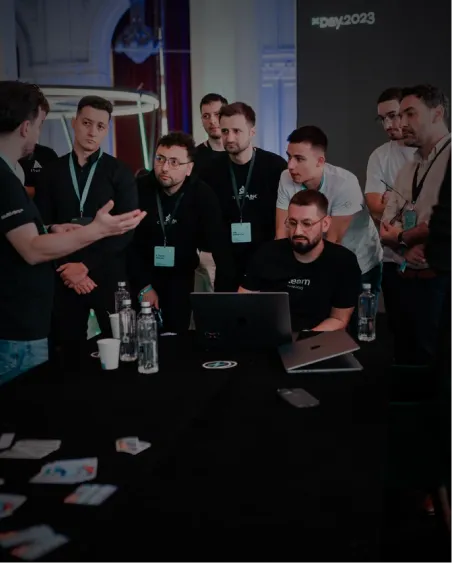
2,6k
xDay 2023 attendees

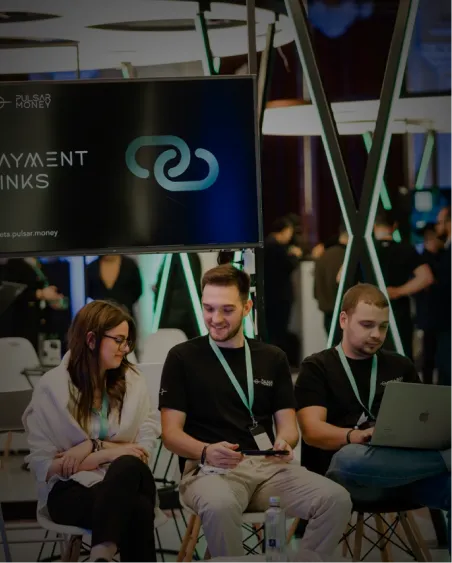







2,6k
xDay 2023 attendees










39k
On Discord and Telegram

1k+
participants in the xDay 2023 hackathon







39k
On Discord and Telegram

1k+
participants in the xDay 2023 hackathon












